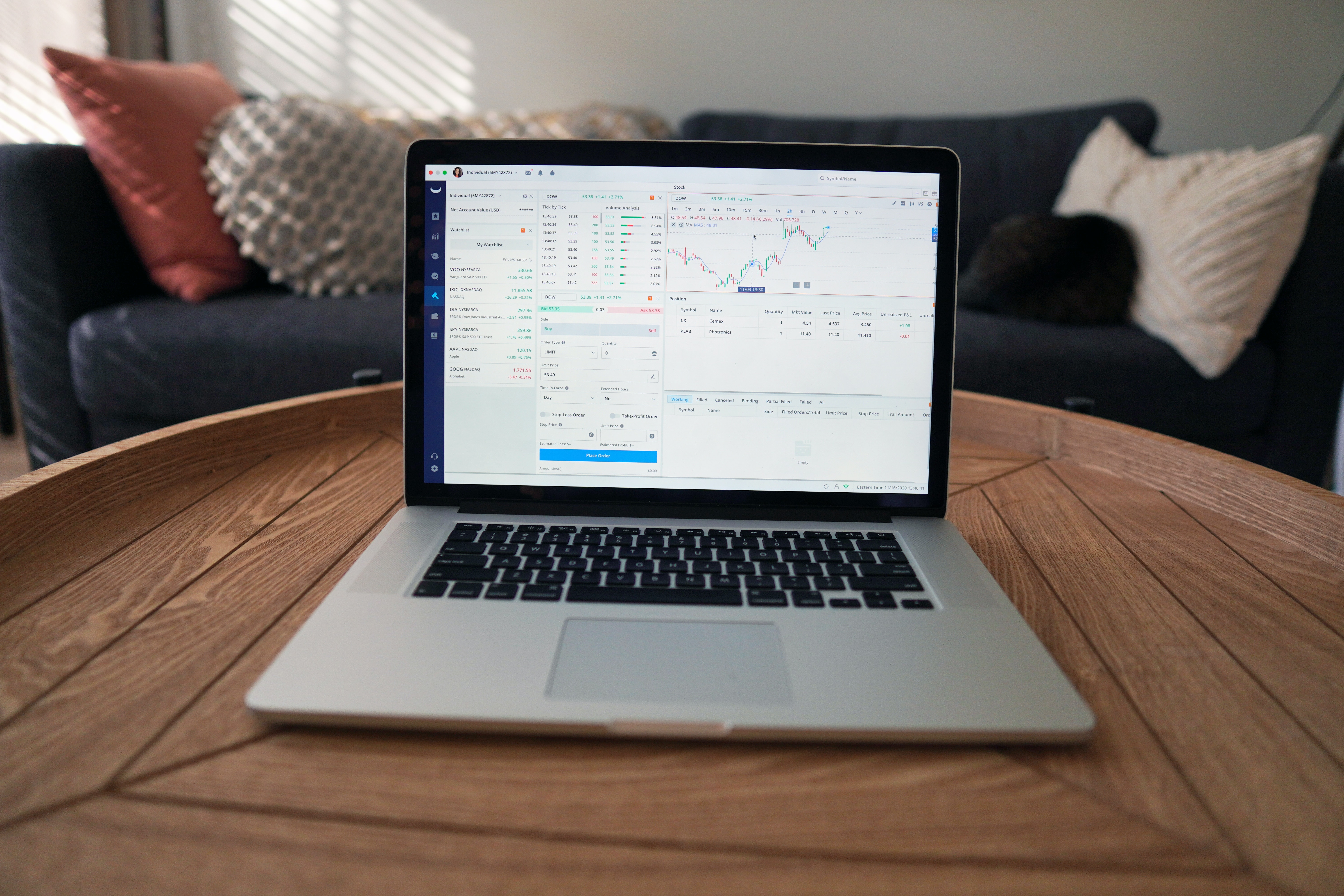Туындылар - анықтамалары, түрлері, артықшылықтары мен кемшіліктері
Туынды құралдар – бұл не? Соңғы кездері трейдерлер деривативтер ұғымына барған сайын көбірек қызығушылық танытуда. Бұл қаржылық құралдар жаңад...
24.07.2024 15:12
Ту өрнегі - бұл не және ол қалай жұмыс істейді
Ту үлгісі Мазмұны: Ту – бұл не? Ту үлгісінің қалай жұмыс істейтіні Назар аударуға тұрарлық тудың әртүрлі түрлері Ту үлгісінен кейін не болад...
17.07.2024 15:38

Акциялар саудасындағы MACD индикаторы дегеніміз не және оны қалай оқуға болады
MACD дегеніміз не ? Оны қалай оқып, қолдану керек ? Табысты трендке ілесу стратегиялары тек баға қозғалысын бақылаумен шектелмейді; олар дәл у...
08.08.2023 18:13